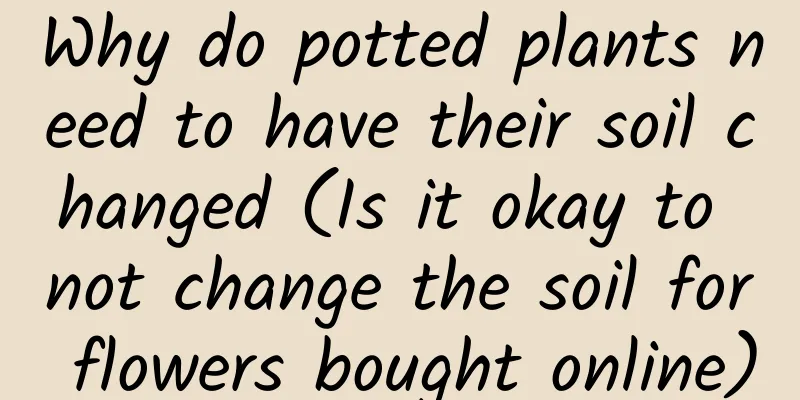What to do if lilac flowers and buds fall in summer

Lilac bud drop: overwateringThis is the most common reason for lilac bud drop. Excessive watering causes poor root breathing. If water accumulates for a long time, the roots will rot, which will hinder the transportation of nutrients and affect the plant's absorption of water. If you continue to water the plant as before without knowing it, the root rot will only become more and more serious. Solution: Remove the plant from the pot, trim the roots, remove the rotten parts, and replant. But this means that it will not bloom that year. If you take good care of it, the plant will recover or bloom in the second year. Lilac bud drop: excess nitrogen fertilizerImproper fertilization can also cause buds and flowers to drop. During the growth of the plant, if the nitrogen fertilizer content is too high, it will stimulate the rapid growth of branches and leaves, resulting in nutritional deficiencies in the flower buds, and the flowers will slowly fall off. Solution: Change the soil. Because the proportion of fertilizer application is not appropriate, it takes a long time for the fertilizer to decompose in the soil. Replacing the soil in time, appropriately adding phosphorus and potassium fertilizers, and reducing the content of nitrogen fertilizers will improve the situation. Lilac buds drop: flowerpots are frequently movedIt is not recommended to move the flower pot during flowering, even to get more sunlight. Frequent moving will cause the flower buds to shake, and they may be hit by external force during the moving process, which will affect the growth of the flower buds. During the moving process, we cannot see the changes in the flower buds with our naked eyes. Don’t think that moving the flower pot to supplement sunlight will definitely help it bloom. Solution: Choose a good location before flowering to ensure that the plant receives even light, and do not move it casually after buds appear. Lilac bud drop: root-knot nematodesIn addition to the above three situations, it may also be the insects underground that are causing trouble. There are root-knot nematodes in the soil that we cannot see. They can harm the roots, affect the growth of the plant, cause root rot, and in severe cases the entire plant will wither. Solution: Remove the plant from the pot and check the soil. If there are many insects in the soil, you can directly change the soil. Replace the soil with disinfected soil, replant, and irrigate the roots with Benomyl. |
<<: Are the long ears of Bi Guang Huan too long?
>>: What to do if the leaves of the lotus are hydrated
Recommend
The difference between crystal palm and jade dew
Leave the room at the right time In winter, Clivi...
Can I cut the water bamboo if there are too many roots?
1. Can it be cut? Water bamboo is relatively simp...
The legend of Viola yedoensis
The flower language of Viola yedoensis The flower...
When choosing flowers, first look at the indoor light
Plenty of sunlight Some homes, such as top floors...
Ivy cultivation methods and precautions
1. Maintenance methods 1. Temperature: The temper...
How to propagate jade tree
Reproduction method Branch cuttings During the gr...
How to raise a magic wand
1. Adequate lighting The magic wand flower likes ...
How to water Kalanchoe in winter
1. Water volume As winter approaches, the growth ...
How many days does it take for chives to germinate? How many days does it take for chives to germinate after sowing?
How long does it take for chives to germinate? If...
Can Gardenia be repotted in summer? When to repot and what should be paid attention to?
Can Gardenia be repotted in summer? Gardenias can...
How to grow ferns in summer
1. Maintenance methods 1. Watering time: Many pla...
How to grow large-leafed cassia in the north
1. Soil The soil in the north is usually alkaline...
How to Plant Ranunculus Seeds
1. Seed harvesting To choose seeds well, you must...
How to make your own fertilizer for Jasmine
1. Fertilizer in life The water used to wash rice...
Cultivation methods and precautions of sausage tree
Cultivation methods and precautions of sausage tr...









